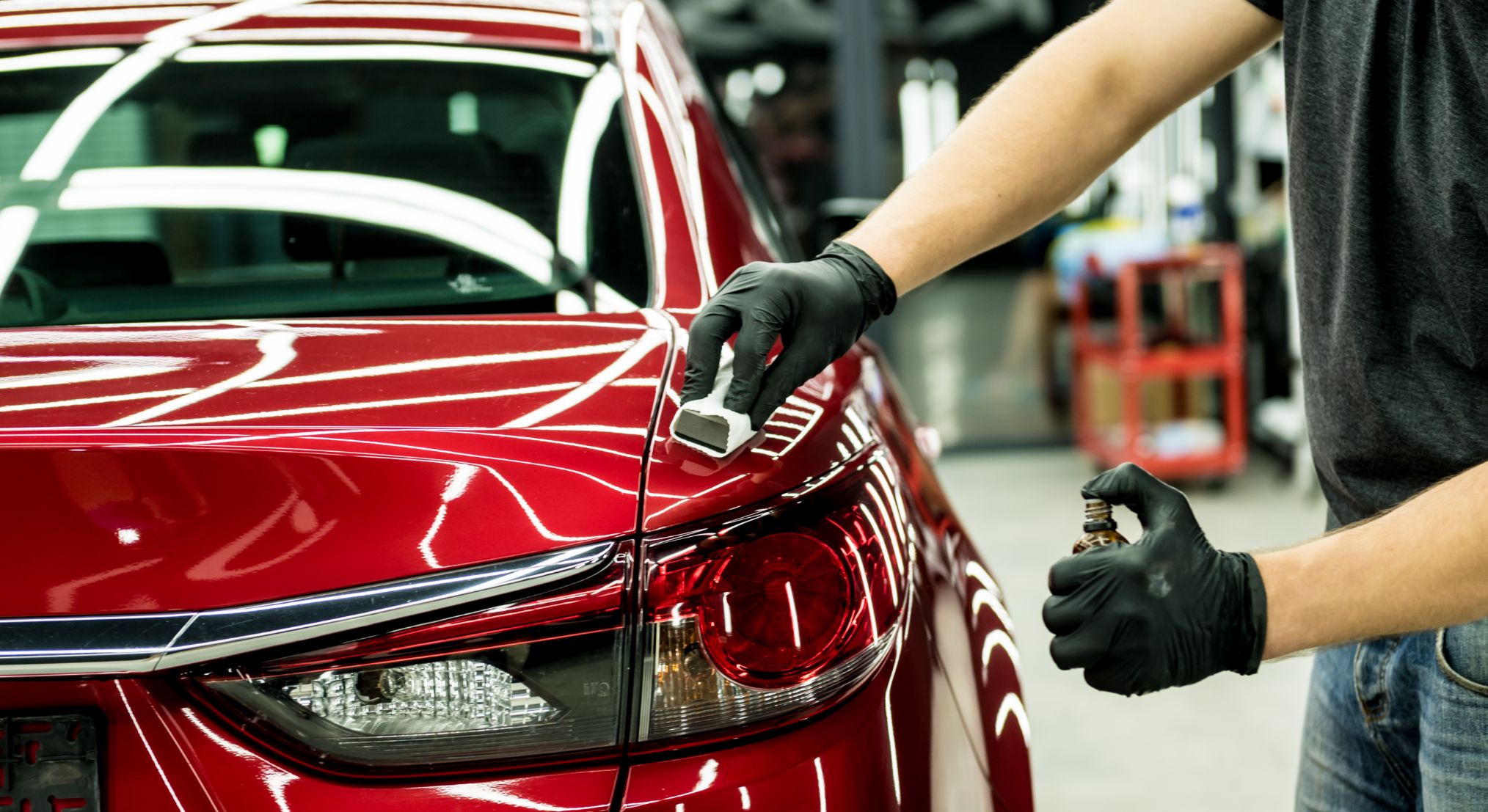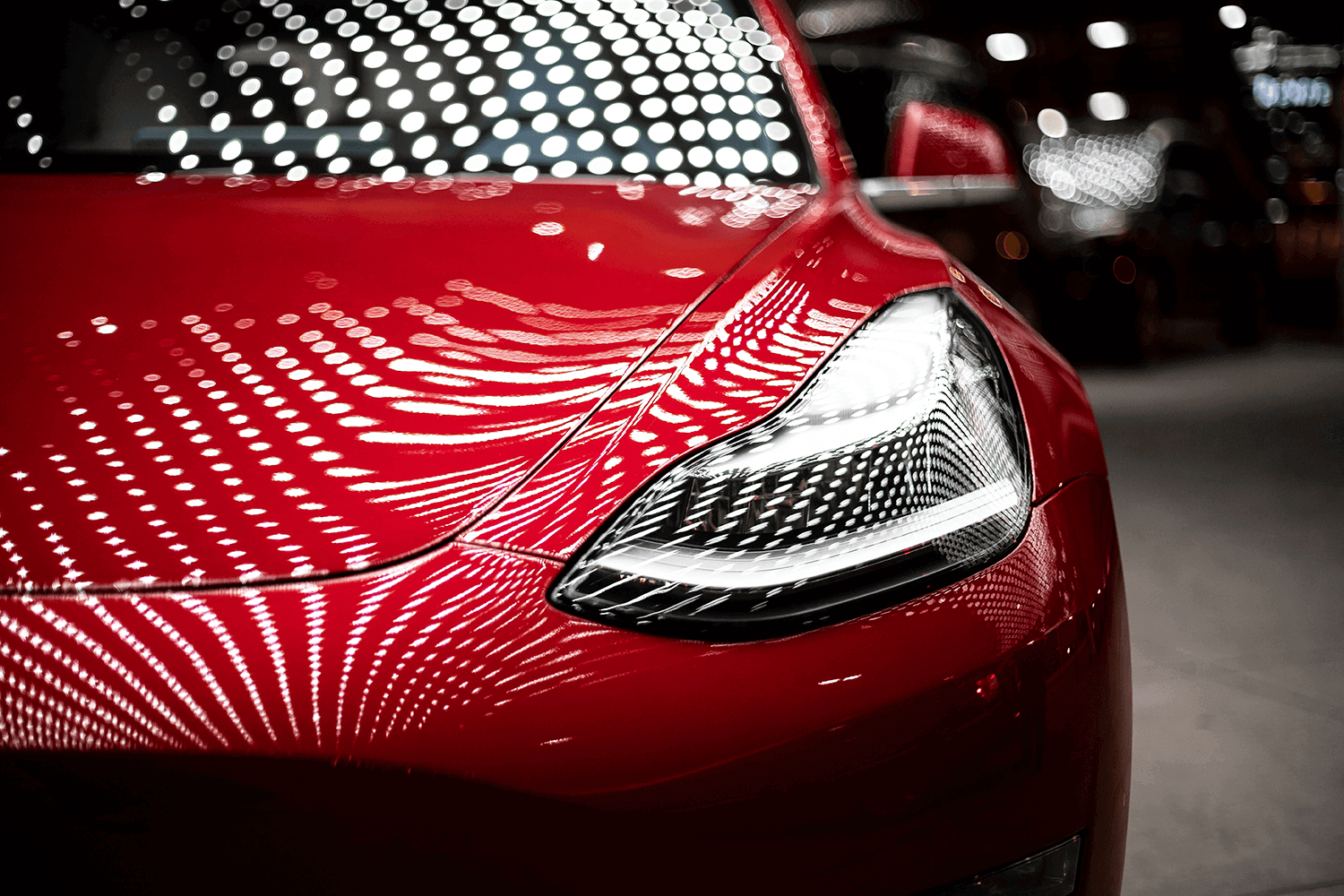Top 5 Myths About Ceramic Coating Debunked
Top 5 Myths About Ceramic Coating Debunked
Blog Article
Ceramic Layer vs. Standard Wax: Which Provides Better Protection?
The discussion in between ceramic finish and traditional wax for lorry protection is one that benefits careful evaluation, particularly in terms of durability, resistance to environmental variables, and general upkeep requirements. While ceramic finishings promise extended long life and premium defense against a selection of risks, typical wax might attract those looking for a much more affordable, albeit short-term, service. As we check out the subtleties of each alternative, the ramifications of your selection can have long lasting effects on your automobile's appearance and maintenance regimen. What aspects should affect your decision?
Overview of Ceramic Finishing
Ceramic coating has obtained substantial appeal amongst auto lovers and specialists alike for its advanced protective top qualities. This cutting-edge solution is composed of a fluid polymer that chemically bonds to the lorry's manufacturing facility paint, developing a durable layer of defense. Unlike traditional wax, which normally lasts for a couple of weeks to months, ceramic finishes can provide resilient protection for several years, depending on the item utilized and application technique.

While the first price of ceramic coating may be greater than that of standard wax, the long-lasting benefits, consisting of longevity and decreased upkeep regularity, often validate the investment. As automobile technology proceeds to progress, ceramic finishes have actually emerged as a recommended option for those seeking optimum protection and longevity for their automobiles.
Review of Typical Wax
The allure of traditional wax exists in its simplicity and simplicity of usage, making it a preferred selection among cars and truck proprietors seeking to improve their lorry's appearance and offer a standard level of security. Typically originated from natural carnauba or synthetic polymers, standard wax forms a slim safety layer over the paintwork. The application procedure is simple, frequently entailing a straightforward rubbing with a microfiber fabric, making it accessible to both amateur and experienced users.
Standard wax products are available in various formulas, each made to deal with certain demands, such as improving luster or giving water beading. The convenience of wax permits use on various surfaces, including paint, glass, and even plastic trim. While the application can be done by hand or maker, the key is to ensure a clean surface area for optimal adhesion.
However, one notable quality of typical wax is its relatively brief lifespan contrasted to modern-day options. Usually offering security that lasts from a couple of weeks to a couple of months, frequent reapplication is required to maintain its performance. Regardless of these restrictions, standard wax continues to be a prominent selection for cars and truck enthusiasts who value the aesthetic improvement it supplies.
Key Protection Functions
When considering paint protection for automobiles, it's important to recognize the vital attributes that differentiate traditional wax from more innovative choices like ceramic coverings. One of the primary protective qualities of ceramic coverings is their resilience. Unlike wax, which generally lasts a couple of weeks, ceramic finishes can withstand for numerous years, offering lasting defense against environmental contaminants.
Ceramic finishes create a hydrophobic surface, repelling water and protecting against dirt, crud, and various other debris from adhering to the paint. This attribute not just boosts the vehicle's look yet also decreases the regularity of washing. Furthermore, ceramic coatings use premium UV protection, protecting the paint from unsafe sun direct exposure that can cause fading and oxidation.
In comparison, conventional wax offers a much more short-lived barrier against components but does not have the resistance to scrapes and important source chemical spots that ceramic coatings offer. While wax can boost gloss, its protective abilities are limited, especially versus harsher environmental factors such as bird droppings, tree sap, and roadway salt. In recap, the key security functions of ceramic coverings significantly outshine those of standard wax, making them an exceptional option for lasting car care.
Application Process Comparison

On the other hand, the application of ceramic coverings is a lot more complex and time-sensitive, frequently needing professional help for ideal results. The automobile's surface area have to be carefully cleaned up, sanitized, and brightened to remove blemishes before the finishing is applied. Once prepared, the covering is used in several layers, with each layer calling for specific healing times, often improved by warm lamps. This thorough process can extend several hours to numerous days, depending Visit This Link on the number of layers and desired surface.
Eventually, the selection between wax and ceramic finish hinges not only on defense degrees however also on the moment, experience, and sources offered for their particular applications. - ceramic coating
Expense Analysis and Longevity
Cost plays a substantial function in the decision-making procedure in between typical waxes and ceramic finishings. Ceramic layers generally command a greater ahead of time financial investment, varying from $500 to $2,000 depending on the high quality, brand, and expert application solutions. This preliminary price can be credited to the innovative modern technology and products used in ceramic formulations, which provide premium toughness and defense.
In comparison, typical waxes are far more affordable, typically setting you back between $20 to $100 for do it yourself applications. The long life of wax products is limited, often requiring reapplication every few months to maintain their protective qualities. This repeating cost can gather in time, making wax less affordable in the future.
Ceramic coatings, while extra expensive at first, supply resilient outcomes, frequently exceeding two to 5 years with correct upkeep. This longevity can offer substantial cost savings gradually, specifically for car proprietors who focus on defense and aesthetic conservation - ceramic coating. Eventually, the selection between typical waxes and ceramic coatings must consider both initial prices and long-term worth, factoring in the upkeep demands and desired defense level for the lorry
Final Thought
In summary, ceramic finishings give premium protection for lorry paint compared to traditional wax, offering enhanced durability, resistance to environmental aspects, and hydrophobic residential properties. While the preliminary investment for ceramic layers is higher, their longevity and decreased maintenance needs validate the price. Ultimately, for those seeking lasting automotive treatment and defense, ceramic layers represent a more effective solution than like it standard wax, which provides only short-term advantages.
The argument between ceramic layer and traditional wax for vehicle defense is one that merits careful evaluation, especially in terms of resilience, resistance to environmental aspects, and overall upkeep demands.When thinking about paint security for vehicles, it's crucial to comprehend the vital attributes that distinguish typical wax from more advanced options like ceramic finishes. In recap, the crucial protection features of ceramic coverings considerably outperform those of traditional wax, making them a superior selection for resilient lorry care.
Inevitably, the selection between typical waxes and ceramic layers should take into consideration both initial costs and long-lasting worth, factoring in the upkeep requirements and wanted protection level for the lorry.
In recap, ceramic coverings give premium security for car paint contrasted to traditional wax, offering enhanced longevity, resistance to environmental elements, and hydrophobic residential or commercial properties.
Report this page